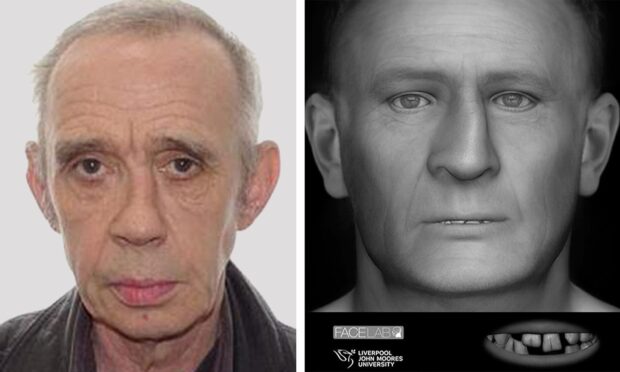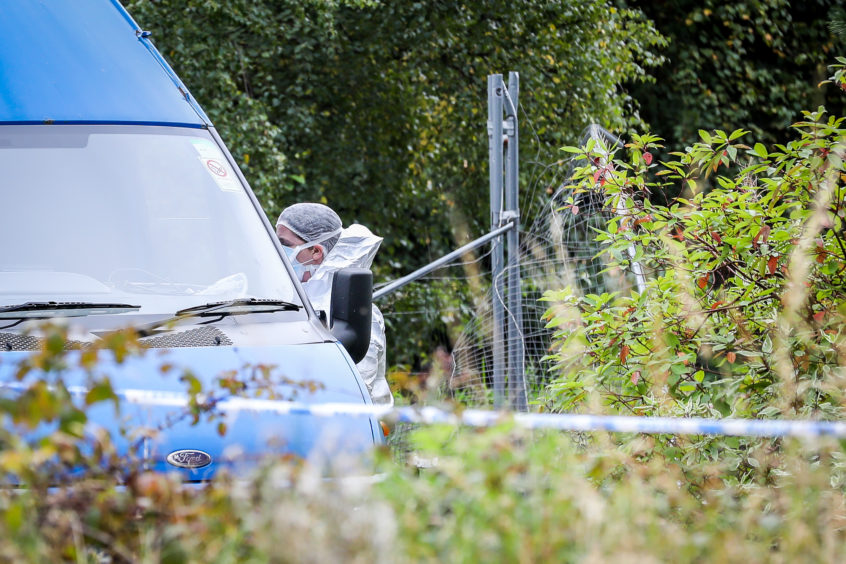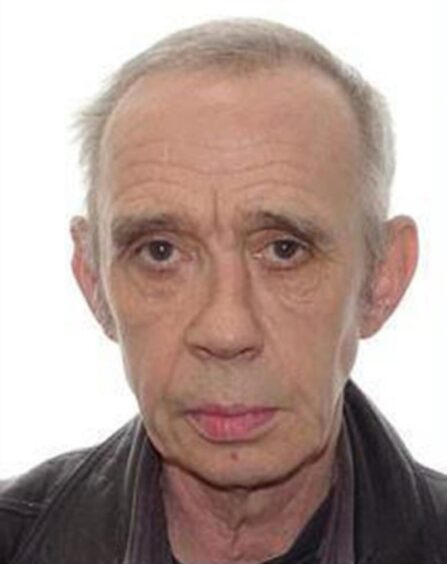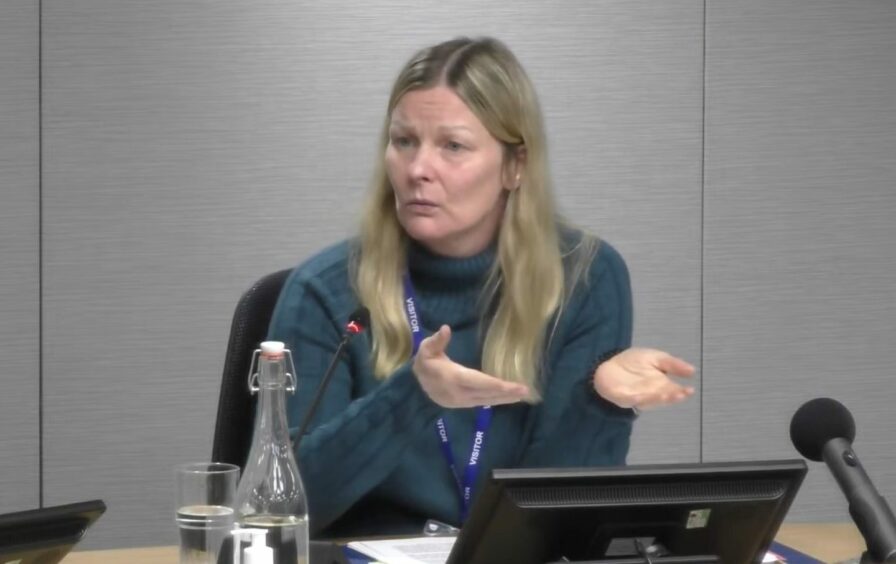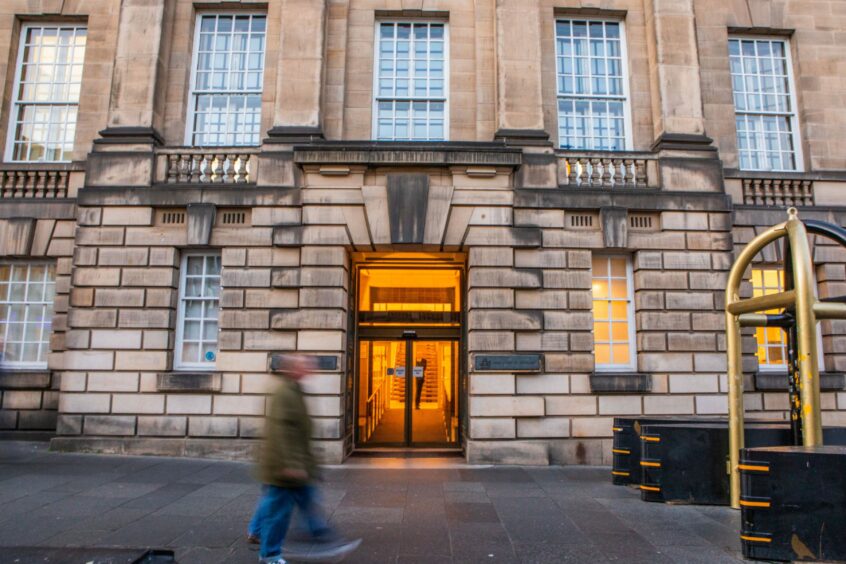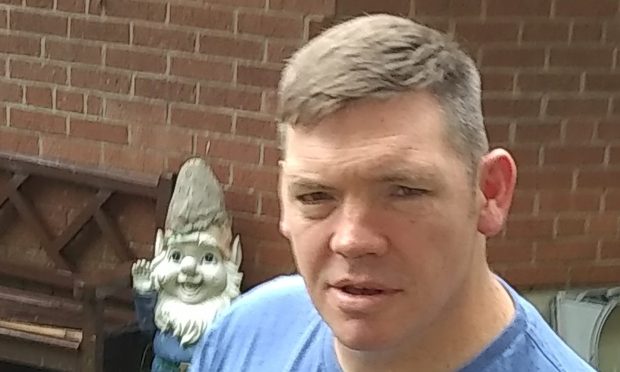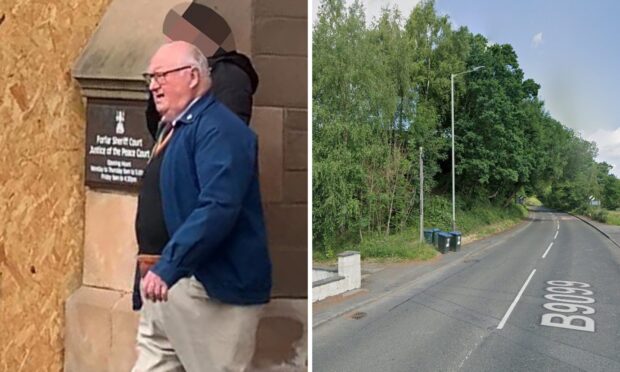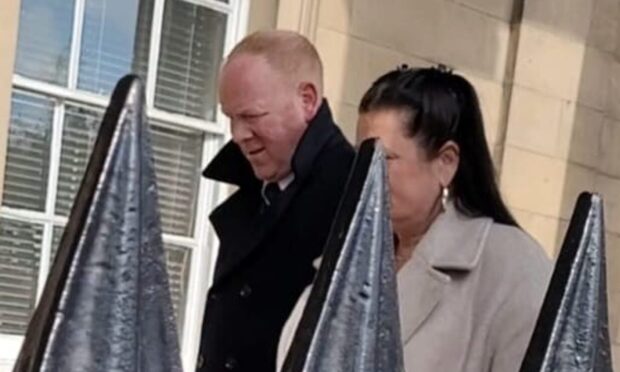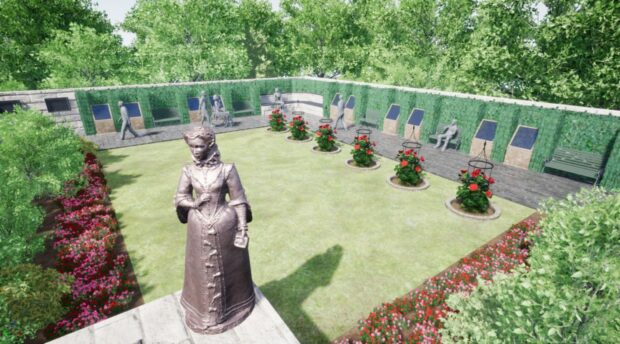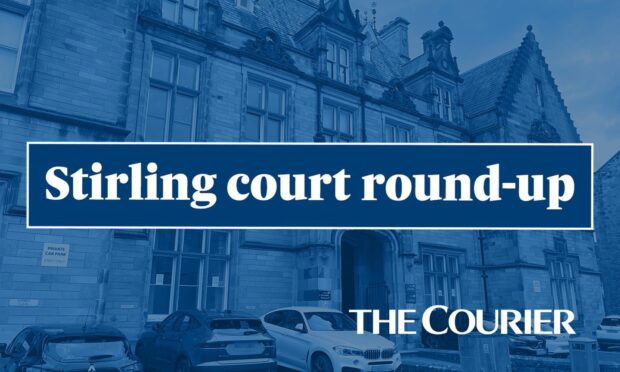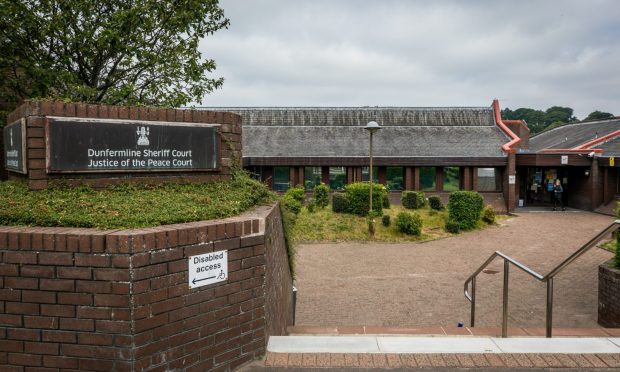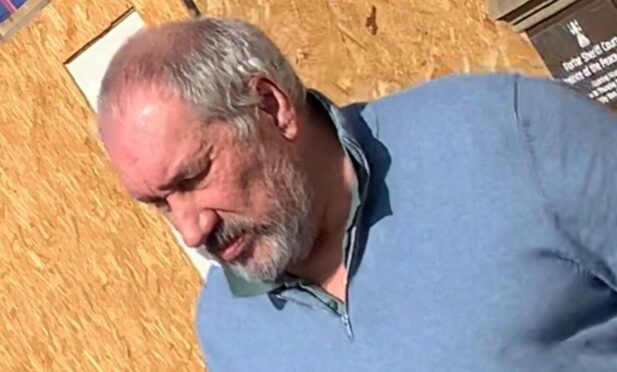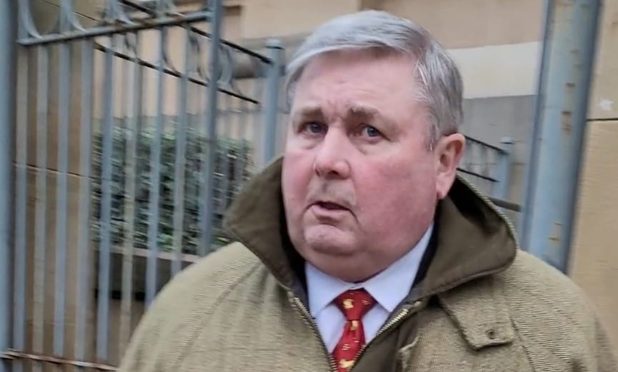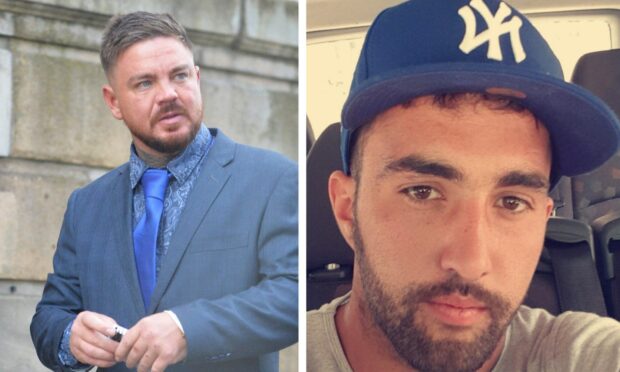A skeleton found in a cupboard at a Fife business park was crawling with a colony of about 50 million mutated mites, suggesting it had lain undisturbed for about a year.
Jurors heard the partly mummified remains of alleged murder victim Ean Coutts were analysed by specialists in an effort to determine a date and cause of death.
The High Court in Edinburgh heard it was “impossible” to establish how the former army man died.
Experts found charring on some parts of the body.
Forensic pathologist Kerryanne Shearer said this may have been a result of someone trying to set fire to the corpse.
David Barnes, 33, is on trial accused of murdering Mr Coutts and then trying to burn his body at the Whitehills Industrial Estate in an attempt to defeat the ends of justice.
He denies all charges.
Mutant mite infestation
On day three of the trial, Professor Alejandra Perotti, a biologist at Reading University, said that a large colony of mites “in their millions” was found in and around Mr Coutts’ corpse.
Asked by prosecutor Alex Prentice KC if she could estimate how many mites there were, she said “at least 50 million.”
The size of the colony of microscopic arachnids suggested Mr Coutts had died in the autumn or winter of 2019 or early 2020.
However, she said it was not possible to pinpoint a precise date of death.
Prof Perotti told the trial that the level of inbreeding amongst the mites – resulting in mutations such as extra legs – suggested the body had been “covered or hidden.”
Solicitor Advocate Iain McSporran KC got Prof Perotti to clarify her report states that death likely occurred “in the very cold months” of autumn or winter.
Charring on body
Dr Shearer told the trial she carried out a post-mortem on the remains.
Jurors were shown a 3D recreation of the skeleton, showing some mummified skin on the back and lower legs.
Dr Shearer, 47, said she was unable to determine a cause of death, and could not say whether Mr Coutts died in natural or unnatural circumstances.
There were no marks or nicks on bones to suggest a stabbing.
And the body’s larynx and neck bone were intact, suggested he may not have been strangled.
The cause was recorded as “unascertainable.”
Dr Shearer said there was evidence of charring on some areas of soft tissue and bone.
“This indicates that the bones had been exposed to a high heat source,” she said.
Asked by Mr Prentice if one possible explanation for the charring was that someone had tried to set fire to the body, Dr Shearer replied: “Yes.”
Allegations of murder, fraud and theft
Barnes is accused of murdering Mr Coutts – also known as Ian – by unknown means on September 3 2019 at either his home in Main Street, Kinglassie, or somewhere else in Scotland.
It is alleged he then removed Mr Coutts’ body from his house using a stolen wheelie bin, before attempting to set fire to his alleged victim’s remains at Whitehill Industrial Estate.
Barnes faces a total of 36 charges including accusations he stole his alleged victim’s bank card – before he was allegedly murdered – and went on a spending spree.
It is further alleged he posed as Mr Coutts at Wallsgreen Medical Practice in Cardenden to get Viagra and nicotine patches on prescription.
The trial before Lord Mulholland continues.
For more local court content visit our dedicated page or join us on Facebook.
